Winning bikes of the Tour de France's reigning king
At just 24 years old, Discovery Channel's Alberto Contador is among the youngest riders to win the...
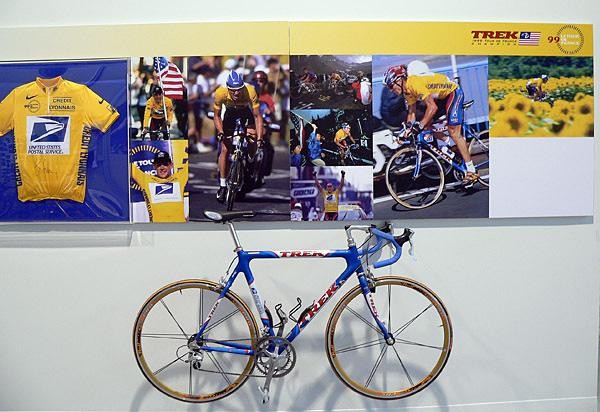
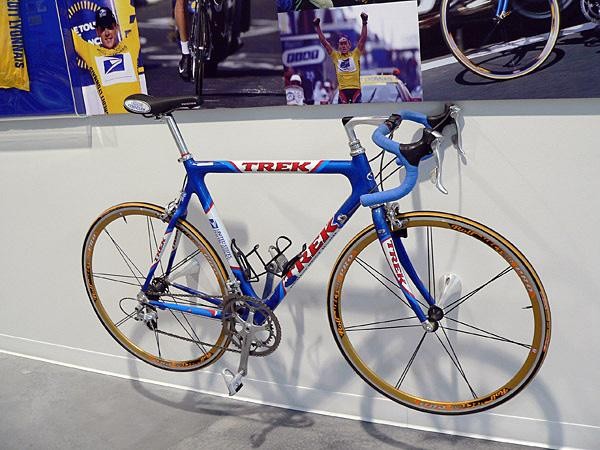
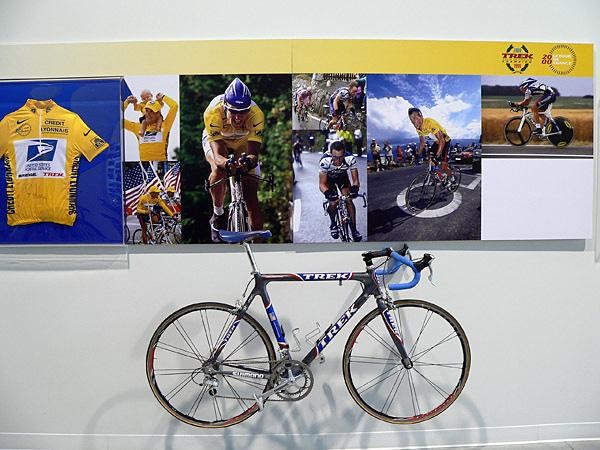
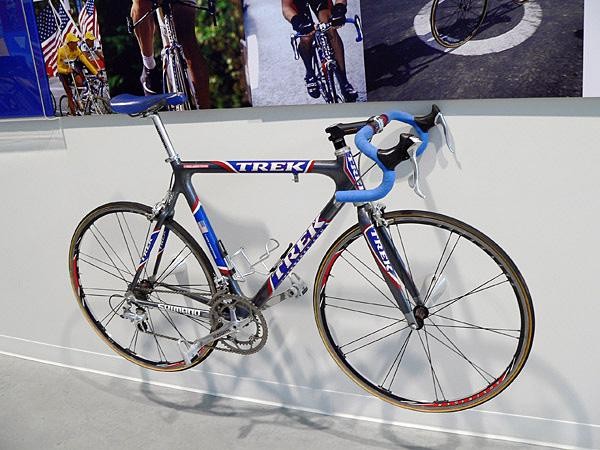
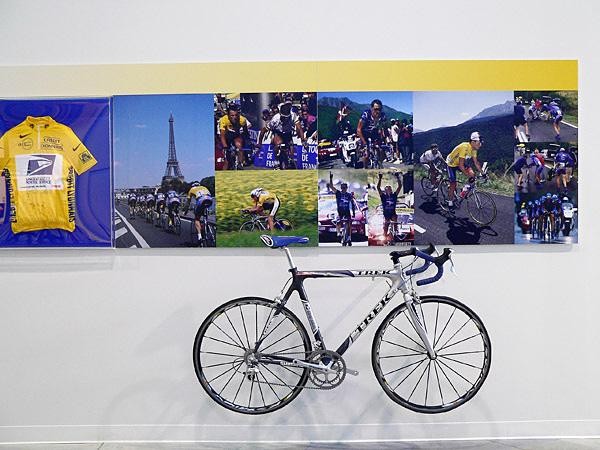
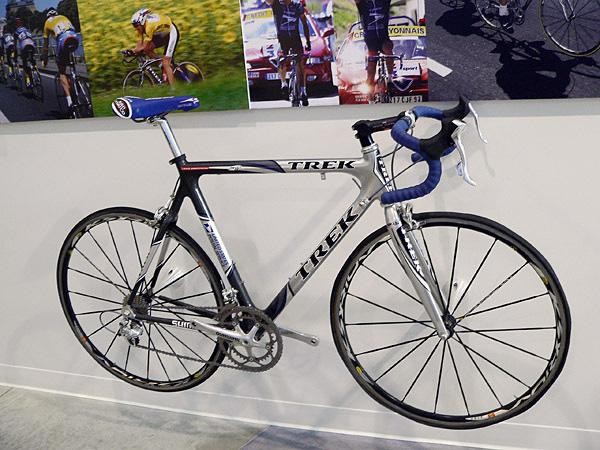
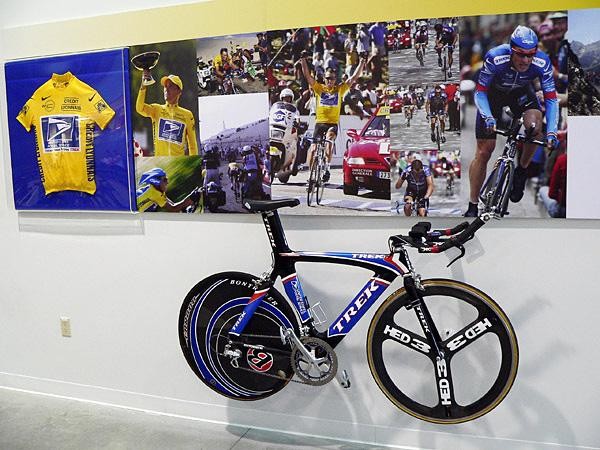
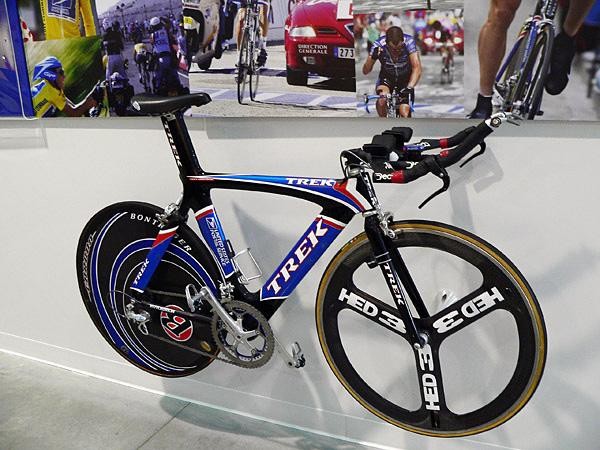
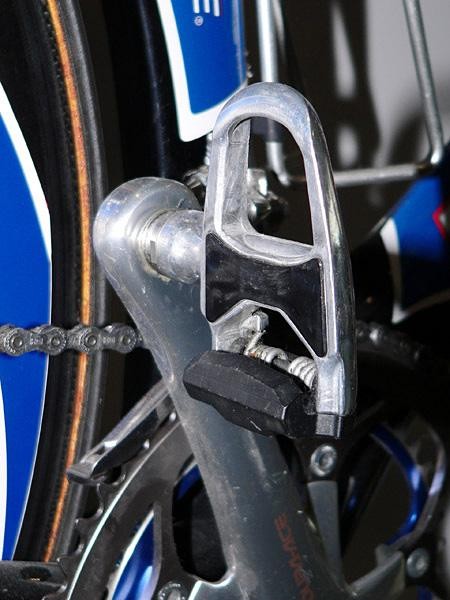
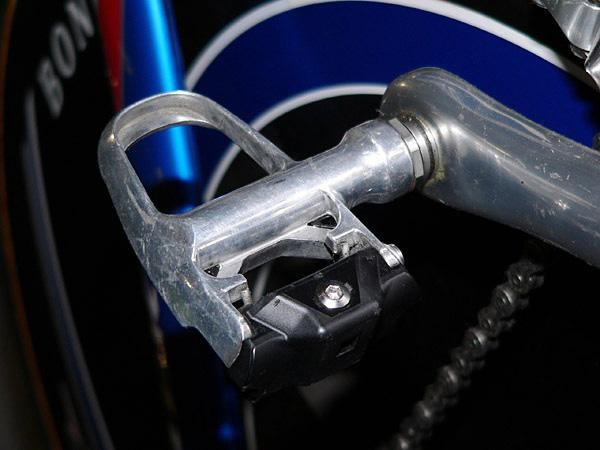
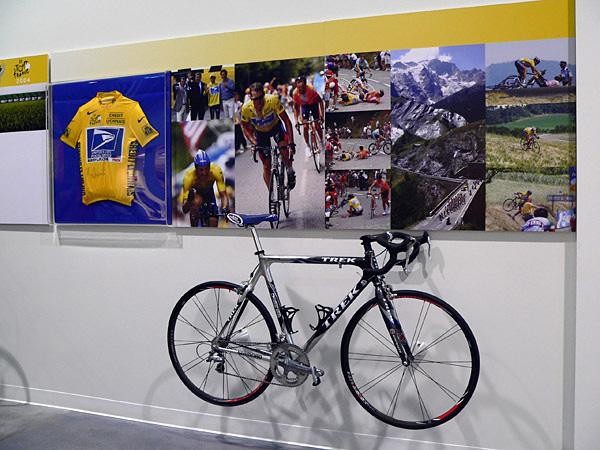
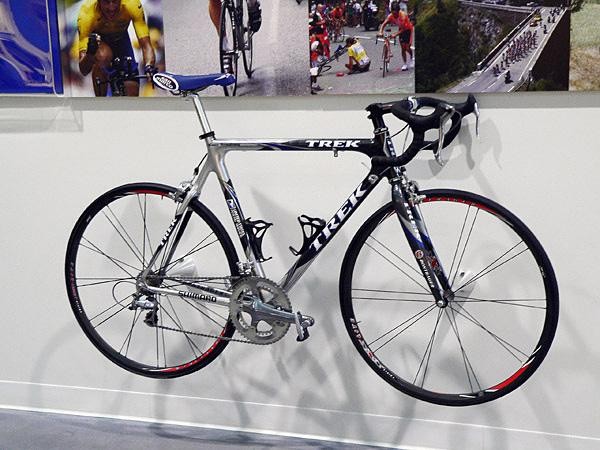
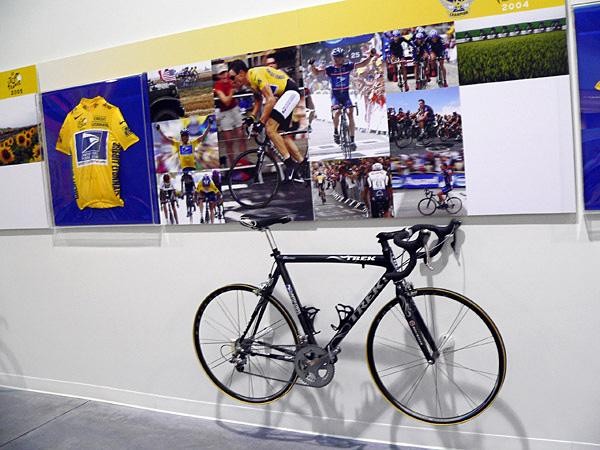
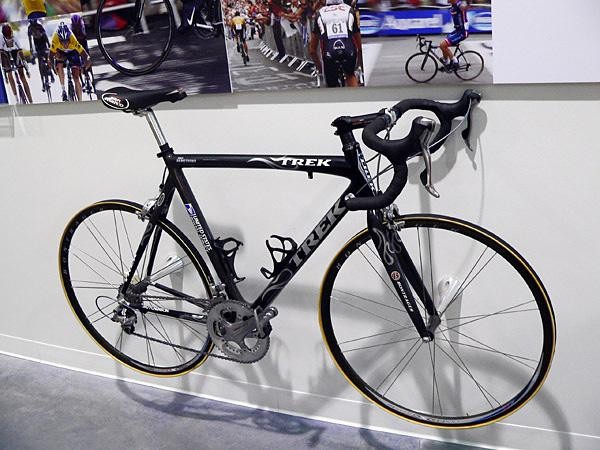
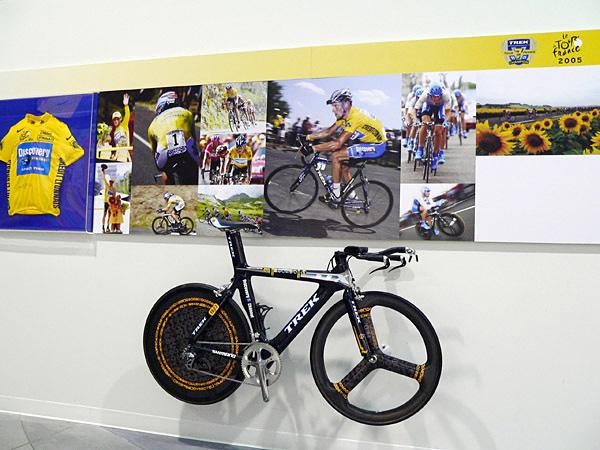

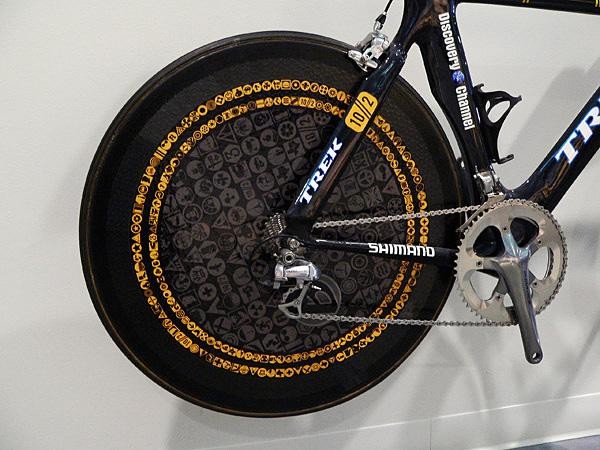

















Tech feature: Lance Armstrong's Tour de France-winning machines, August 2, 2007
At just 24 years old, Discovery Channel's Alberto Contador is among the youngest riders to win the Tour de France and has already been heralded as one of the greatest hopes for the sport's next superstar. Perhaps unsurprisingly, his pedaling style and fiery spirit (not to mention his near-fatal brain hemorrhage) has also elicited comparisons to another former Discovery Channel rider, Lance Armstrong.
Indeed, the Spanish climbing sensation has landed his first TdF victory a full three years earlier than did Armstrong and one can't help but imagine what his long and bright future holds. Even if this win were to be his one and only, however, it still stands as quite remarkable that a single squad (although the title sponsorship changed from US Postal Service to Discovery Channel, it has essentially been the same organization) has so fully dominated the last decade by occupying the top step of the podium for eight of the last nine years.
Almost as remarkable is the fact that a single bicycle manufacturer can now lay that same claim as Trek has been the official team sponsor since late 1998. Trek couldn't have asked for a more impressive TdF debut of its all all-new Madone with the overall victory plus two additional top ten placings in the general classification, two stage wins, first place in the team classification, and Contador also scoring the white jersey as well. The results sheet doesn't seem to have changed much since 1999, but the bikes used to achieve them certainly have.
Armstrong's 1999 Tour de France Trek 5500
Trek introduced its first OCLV carbon road frame in 1992 and comparatively little had changed since then when Armstrong pedaled it through the streets of France in 1999. Not only did Armstrong's Trek 5500 still bear a 1" head tube, but the corresponding steerer tube was threaded chromoly steel and housed a Cinelli quill stem. Armstrong was said to have used a 100% stock frameset that year, and claimed weight was 1750g; rather portly by modern standards, but relatively ultralight as compared to many of its contemporaries.
Then-team sponsor Rolf provided specially-made tubular wheels for Armstrong, and long-time supporter Shimano contributed its 9-speed Dura-Ace group. Shimano had been promoting its SPD-R clipless pedal design at the time, but Armstrong rather famously preferred the feel of the substantially older Look-style Dura-Ace pedals. Armstrong also took his saddle of choice, the classic Selle San Marco Concor Light, to the top step of the podium for his first time.
Get The Leadout Newsletter
The latest race content, interviews, features, reviews and expert buying guides, direct to your inbox!
OCLV 110 makes TdF debut
Armstrong's 2000 Trek 5900 marked the introduction of the company's lighter OCLV 110 carbon which brought the weight of the bare frame to just 1250g. The steerer tube diameter increased to 1 1/8" and switched to threadless aluminum construction (still with carbon blades, of course), bringing its weight down to 420g.
Just as is the case today, Shimano did not have a threadless headset in its catalog at the time. At the team's request, it specially modified Deore XT MTB headsets to work and continued to use that setup for the next three years. Shimano 9-speed Dura-Ace was still the group of choice that year, although the team made a switch from Trek-branded Rolf wheelsets to Mavic's then-new Ksyrium model, much to the chagrin of the boys in Madison. Deda supplied the team with handlebars, threadless stems, and bar tape for the first time.
2001: year of refinement
The 2001 Trek 5900 changed little from the previous year, with refinements to the carbon frame resulting in a 100g weight loss. The team continued to utilize Mavic Ksyrium wheelsets, while the carryover fork anchored the same Deda cockpit. Shimano's 9-speed Dura-Ace kit would continue to reign, and as with his previous year's bike, Armstrong continued to run a down tube front shifter on the mountain stages in an effort to shave weight.
Bontrager hoops hit the pavement in 2002
Trek's carbon time trial bike was introduced two years earlier but its sleek design still performed well enough to justify its continued use in 2002. Unfortunately, though, it was only produced in extremely limited sizes and its shim stack-style of seat adjustment (using what looks to be a Syncros two-bolt head) meant that only a "select few riders on team" could use one, according to then-Team Liaison Scott Daubert. It should also be noted that while its integrated post design was deemed radical at the time, it has become decidedly more widespread today. Trek incorporated a 1" front end in an effort to reduce frontal area, but this may have been negated somewhat by the "relatively un-aero fork" used at the time.
2002 also marked some significant changes in componentry as Armstrong made his way towards win number three. Shimano, Deda, and Selle San Marco still made their usual contributions, but Shimano finally developed a successor to its old Look-style pedal that Armstrong apparently deemed worthy enough to use in competition. Quickly dubbed the 'Lance pedal', it eventually was introduced as the now-familiar SPD-SL design. Bontrager became the team's wheel supplier for the first time, although long-time collaborator Steve Hed still provided his three-spoke wheels for use in time trials.
Interestingly, the whereabouts of Armstrong's 2002 time trial machine was unknown for a full eighteen-month period. According to Daubert, the bike was eventually "found on a German web site and reported to Trek Europe. UPS Belgium sold the bike to a 'customer' from their 'lost and found' department."
Trek eventually had to broker a deal with UPS Belgium for the bike's return as it could not prove the bike's proper ownership outright (there was no serial number). Astonishingly, the bike was then lost yet again later on in its life, this time within Trek's own walls during a later remodeling project, only to be thankfully retrieved from a trash bin just before being carted away. These days it's securely bolted to a wall inside Trek headquarters in Waterloo, Wisconsin.
The pre-6.8kg 'glory days'
The 2003 Trek 5900 was supposedly Armstrong's favorite frame, weighing in at just 980g. Further weight savings were provided by a prototype carbon fiber steerer tube (which never made it into production), then-prototype 10-speed Shimano Dura-Ace group and Bontrager Race XXX Lite wheels. Chris King also began its three-year sponsorship run with its ubiquitious NoThreadSet threadless headset.
In 2003, the UCI hadn't yet established its minimum weight requirement so teams and riders were still free to shave grams to their heart's content; Armstrong's bike was reported to be just 6.6kg (14.5lb). Armstrong was atop this machine as he battled with Iban Mayo and Jan Ullrich (at the time riding for Euskaltel-Euskadi and Team Bianchi, respectively) up the slopes of Luz Ardiden, only to be taken down by the strap of a spectator's stray musette bag. Few can forget the scene shortly afterward where Armstrong suddenly popped out of his pedal, nearly crashing as a result.
While it was thought at the moment to be an issue with his pedal, it turned out to be a problem with his frame: during the crash, Mayo had ridden straight into Armstrong's bike, cracking the driveside chain stay as a result and thus producing what must have been a rather unwieldy amount of frame flex. Nonetheless, Armstrong recovered and even managed to win the stage that day.
Madone from start to finish
2004 was the first year Armstrong piloted a Trek Madone throughout the entirety of the race, although it had gained some weight from the previous year thanks to the newly-established UCI minimum weight ruling. Frame weight that year was reportedly a still-impressive 1100g, and Armstrong continued to use the prototype 340g carbon steerer-equipped fork.
Trek also began its Project One semi-custom program that year, and Armstrong's bike featured the 'Plata Negra' paint job. "This was a mess up as it was really supposed to be named 'Pata Negra' after a type of Spanish dried ham,' commented Daubert. "[The] problem with calling it 'Pata Negra' was its translation could be 'Black Pig'." So be it, but we're not sure naming it after a form of cured pork product would have been much of an improvement.
Win number seven
Armstrong paid particular homage to his fight against cancer during the campaign for his seventh consecutive Tour de France victory. His prototype Trek TTX time trial frame was finished in his trademark '10//2' motif, commemorating the date of his cancer diagnosis. Famed graffiti artist Lenny Futura was commissioned to craft the array of yellow icons that decorated the frame and both wheels, each of which represented a significant moment or part of Armstrong's life.
The TTX top tube was 15mm longer than the previous bike and wore a "significantly stiffer" bottom bracket and head tube area. A new Bontrager fork utilized a wider 1 1/8" aluminum steerer tube but still managed to be more aerodynamic than the previous 1" model.
The future?
Obviously, it's impossible to say whether or not Contador can hold up to Armstrong's decidedly daunting precedent. Natural talents and supporting infrastructure aside, no other cyclist has been so singularly dedicated to achieving one particular goal, year after year. Nevertheless, the departure of the Tour de France's reigning king has at least left behind a race that is arguably more exciting, less predictable, and more wide-open than ever before. Will we recap the machines of another seven-time winner a few years from now? Wait and see.